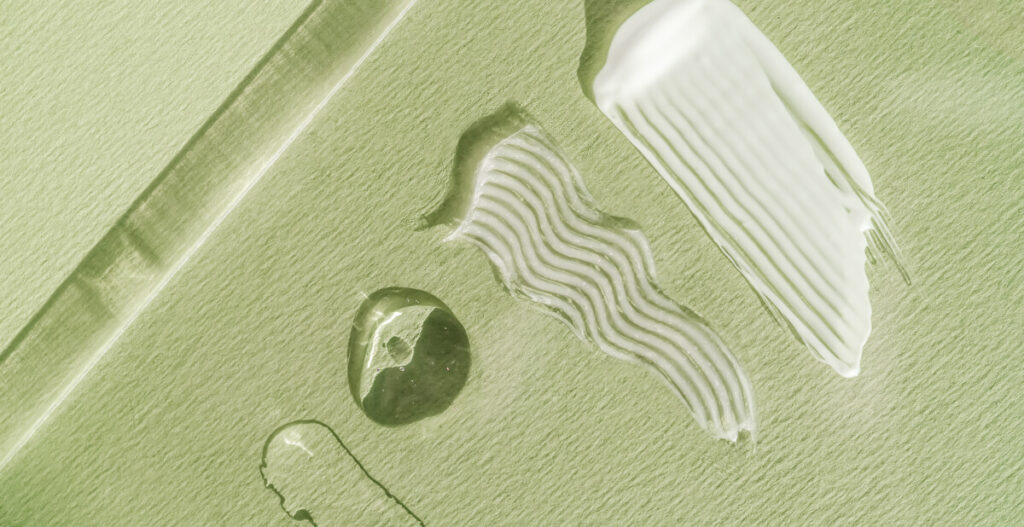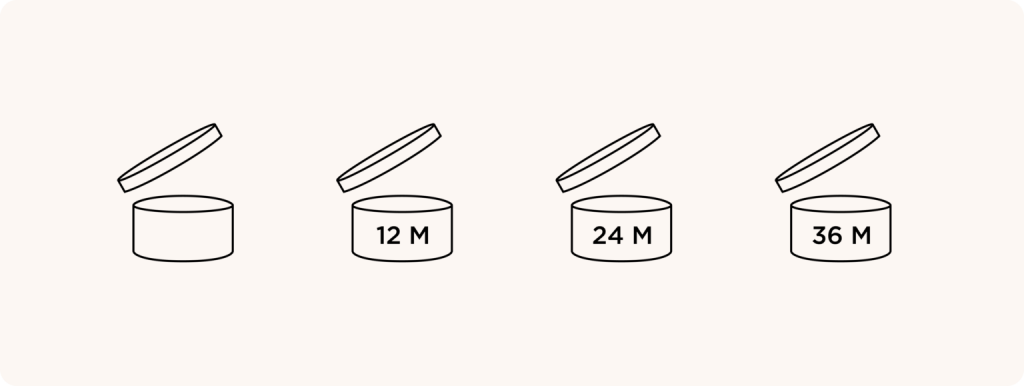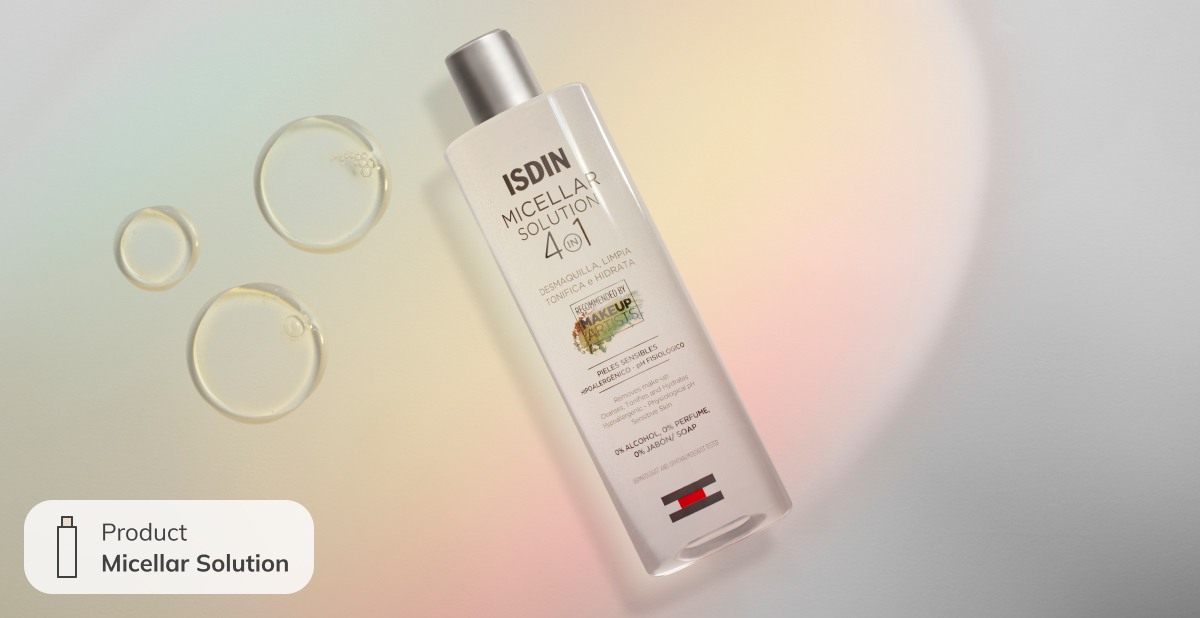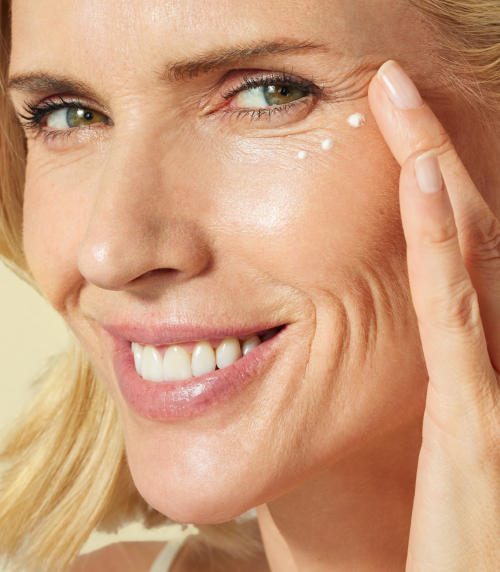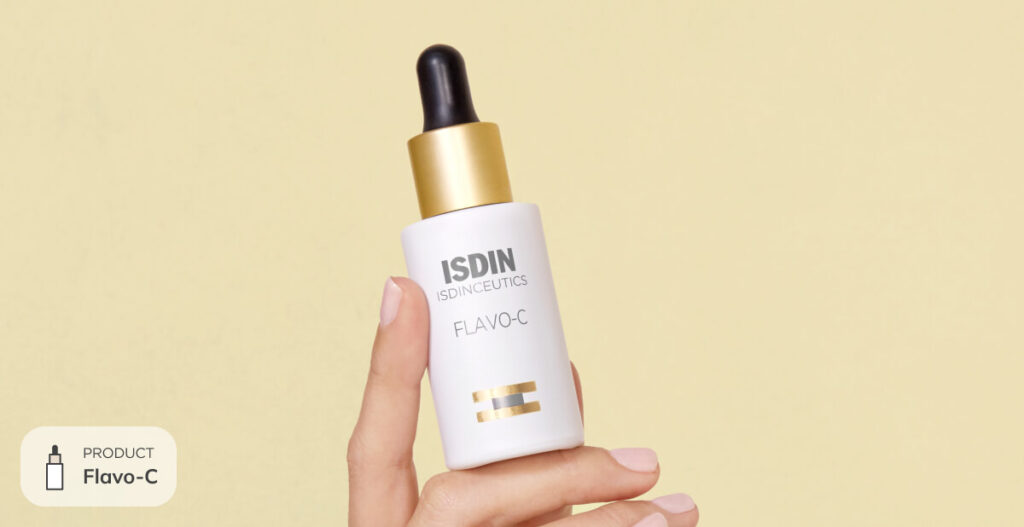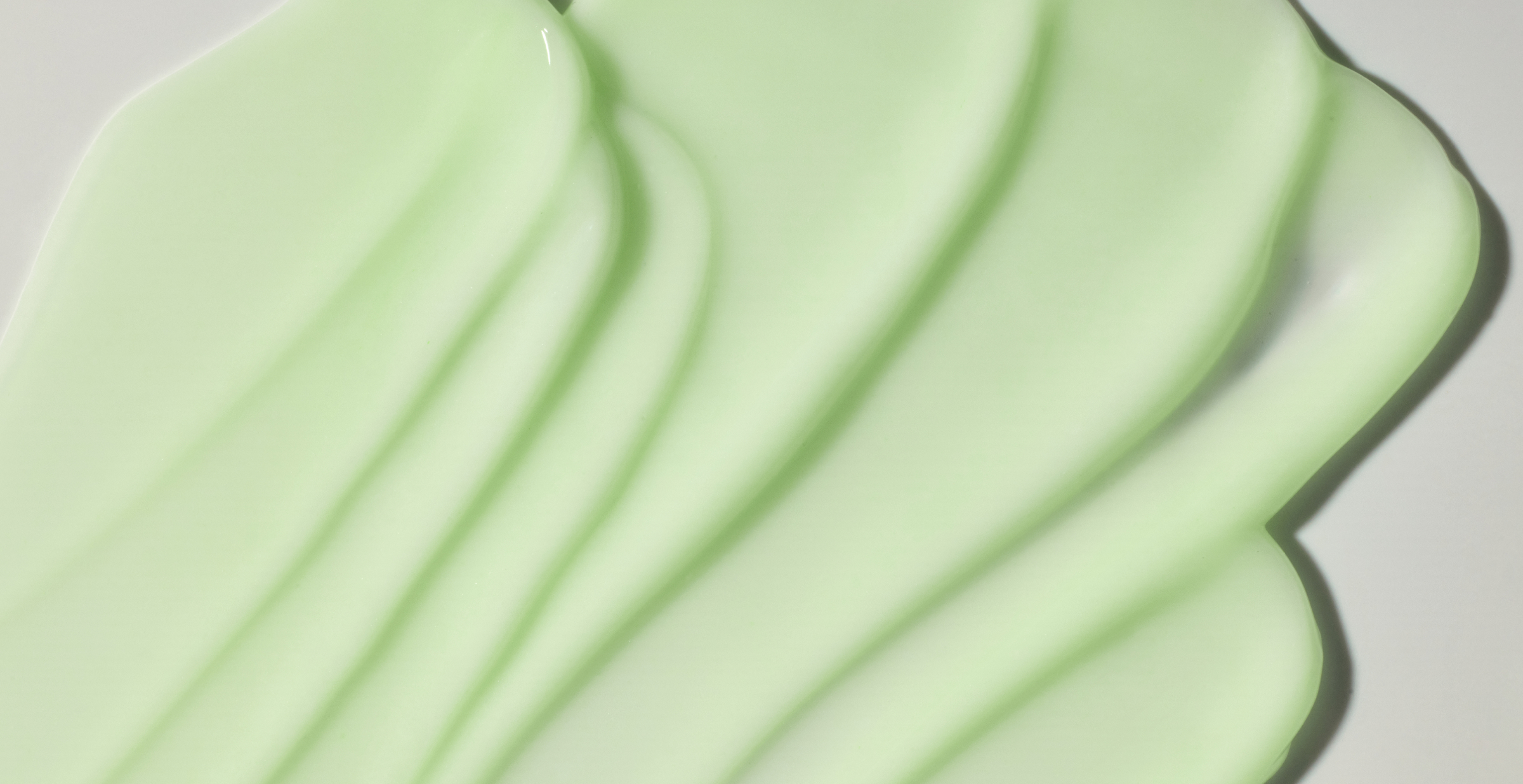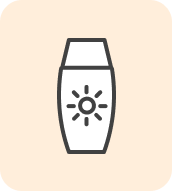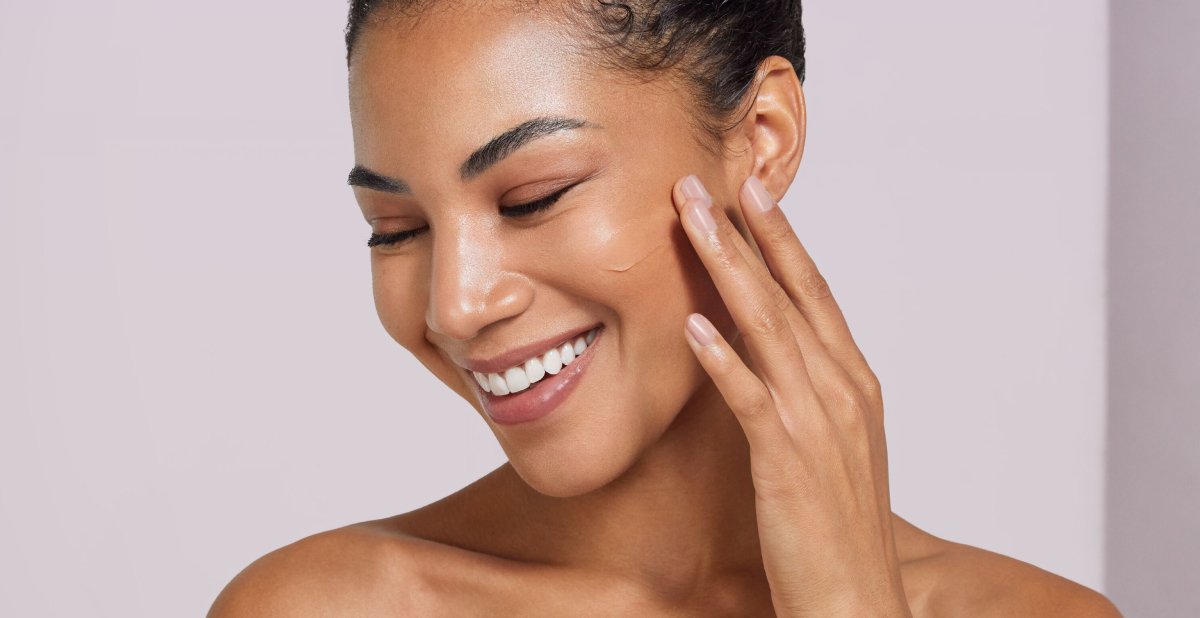As both a 35 year esthetician and a skincare product formulator trained in cosmetic chemistry, what I know for sure is there are a lot of false hopes being sold about the latest and greatest “miracle” ingredients – and it’s so easy to fall into the marketing hype.
I’ve seen a lot of ingredients come and go and come back again (hello hyaluronic acid!) but the one that has remained steady is vitamin C. Why? Because it works for evening out pigmentation by interrupting the over-production of melanin which causes hyperpigmentation. Plus, working with faces hands-on, I’ve seen incredible improvements in my clients skin, giving their skin the brightness that they desire.
But…not all vitamin C ingredients and what is now considered “the gold standard” is Tetrahexyldecyl Ascorabate, also known as THD Ascorbate.
So, let’s do a deep dive into this ingredient, shall we?
What is THD Ascorbate?
THD, or Tetrahexyldecyl Ascorbate, is an inactive form of vitamin C. What makes THD Ascorbate so uniquely different from other forms of vitamin C is that it’s an oil-soluble ester versus being water-soluble. When it’s oil-soluble, it means it won’t start to react and convert into L-ascorbic acid until it hits the oils in your skin, making it the most stable compared to other forms of vitamin C. Plus, since it’s solubilized by oil instead of water, it doesn’t require a low pH like the water-soluble versions do.
Why Choose THD Ascorbate Over Other Types of Vitamin C For My Face?
Have you ever gotten a stinging sensation from vitamin C products with Ascorbic Acid, Sodium Ascorbyl Phosphate and Ascorbyl Methylsilanol Pectinate? Yep, that is an indication of their low pH along with potentially the state of your skin’s barrier. While stinging from vitamin C with a low pH is par for the course, (read more about stinging from skincare products), that doesn’t mean your skin appreciates the daily “no pain, no gain” assault that it gets exposed to in the quest for brighter skin. Your skin’s pH resides around 5.0 and many of the water-soluble acids can be a pH of 4.0 or even lower so that’s where the “ouch factor” comes from.
Just like exercise, if you want to achieve results for your body and overall health and longevity, you DO need to create some discomfort. But for the skin, I like to leave those for retinol, prescription retinoids, at-home peels, my 7-day skin challenge and professional treatments like micro needling, dermaplaning, lasers (like the Moxi laser I had done on my own skin) and chemical peels.
If your goal is to create a smoother, even-toned texture with less visible pores, there will be side effects that can compromise the skin barrier and cause irritation, but putting your skin in a state of increased sensitivity every single morning with the use of a low pH vitamin C serum? Nope. I am absolutely not a fan of that.
(If you feel like your barrier is damaged, here’s how to fix it.)
How Effective is THD Ascorbate for Reducing Brown Spots and Hyperpigmentation?
I was introduced to Tetrahexyldecyl Ascorbate back in 2004 while looking for better solutions for my clients struggling with hyperpigmentation from sun, hormones, and breakouts. Initially, I sold a 2% Hydroquinone product to target pigmentation which is still known to be very effective, but during a cosmetic chemistry class at UCLA, I learned about THD’s promising effects on melanin production. Aside from it not being irritating, what stood out was its stability—it was effective down to the last drop, ensuring you can get the most out of their investment.
This sparked my journey with THD, and within two years, I developed a vitamin C serum using this ingredient. The results during testing were incredible, and when I launched it and recommended it to clients, over the course of weeks and months their sun spots, brown spots and marks from breakouts improved so much faster. I phased out the hydroquinone serum in favor of using THD Ascorbate, which proved to me it was far more effective for skin brightening.
What Percentage of THD Ascorbate Is Effective?
It’s less about looking on the ingredient list (known as the INCI list) and more about the type of product that uses it. Because THD Ascorbate requires time to penetrate the skin, it’s best used in leave-on products. I don’t recommend it in products that rinse off the skin because there simply is no time for the THD to get to work. Also, THD requires much lower use levels than ascorbic acid, thanks to its supreme ability to penetrate into the skin. Oftentimes consumers like to see higher percentages of ingredients, but more is not always more! Skin doesn’t need as much THD as ascorbic acid to reap its benefits. For example, there is a study showing the collagen-boosting effects of THD at just 0.1%. For skin brightening, there are benefits seen as low as 0.5%.
Here’s how to read an ingredient label.
Honestly, it’s less about the INCI list and more about the type of product that uses it. Because THD Ascorbate requires time to penetrate the skin, it’s best used in leave-on products. I don’t recommend it in products that rinse off the skin because there simply is no time for the THD to get to work. Also, THD requires much lower use levels than ascorbic acid, thanks to its supreme ability to penetrate into the skin. I understand how consumers like to see higher percentages of ingredients, but let me tell you, more is not always more. (Much to what social media tries to tell you!) Skin doesn’t need as much THD as ascorbic acid to reap its benefits. For example, there is a study showing the collagen-boosting effects of THD at just 0.1%. For skin brightening, there are benefits seen as low as 0.5%.
Is There Scientific Research Proving How THD Can Help Improve Discoloration?
Behind the science: The primary manufacturer of THD has conducted hundreds of studies on the benefits of THD, which is how it was able to achieve quasi-drug status in Japan and Korea at 3% and 2%, respectively. Unfortunately, those studies are not publicly available, but there are peer-reviewed studies on the benefits of THD in skin, both alone and in combination with other skin-lightening ingredients.
How Often Should I Be Using A Vitamin C Serum?
The benefits of using a vitamin C serum is when it’s used daily as part of your morning routine. Not only does it help suppress melanin production but the use of all types of vitamin C helps to protect skin cells from environmental damage. It scavenges free radicals, which are unstable molecules that lead to skin damage and accelerate skin aging. Free radicals are constantly coming at us from so many different sources, including UV light from the sun, ozone, smoke, and pollution (to name a few). All of these are also responsible for a natural depletion of vitamin C in our skin over time, which is why supplementing with an oral antioxidant product is so important.
Bonus: Vitamin C helps prevent collagen breakdown and promotes healthier collagen production. First, it helps protect the collagen you already have by inhibiting a group of enzymes that break down collagen. Second, it aids in healthier collagen production since it’s a cofactor for two enzymes needed to build and cross-link collagen.
When In My Routine Should I Be Using A Vitamin C Serum?
Always in the morning. Here’s how I love to use it: after I’ve cleansed and toned my skin, I’ll use two pumps of Vitamin C + E Treatment and gently press it into my skin with my fingertips, really letting it set into the skin for about a minute. This gives the powerhouse ingredients a moment to do their thing before I move on to my next step.
After that, I finish off with my favorite non pore-clogging Weightless Protection SPF 30, locking everything in and protecting my skin from those pesky free radicals. It’s a simple but super effective combo that leaves my skin feeling fresh, nourished, and ready to take on the day!
Bottom line about THD Ascorbate: It’s an ingredient that I value a lot because of research and unlike trendy ingredients, this has staying power because it’s one of those ingredients where you can actually see the difference which is not the case with a lot of ingredients, even though they still are beneficial.
Since THD is the most stable form of vitamin C and now considered to be “the gold standard of vitamin C”, it doesn’t need that low pH to be effective, which is great news for our skin barrier. I hope you’ll consider trying Vitamin C + E Treatment as I’ve formulated it with a pH of 5.3, making it much gentler on the skin than most.
From my hands to your face, your skin barrier will thank you!
Did you know that these five ingredients can help restore your skin barrier?
Celebrity Esthetician & Skincare Expert
As an esthetician trained in cosmetic chemistry, Renée Rouleau has spent 30 years researching skin, educating her audience, and building an award-winning line of products. Her hands-on experience as an esthetician and trusted skin care expert has created a real-world solution — products that are formulated for nine different types of skin so your face will get exactly what it needs to look and feel its best. Trusted by celebrities, editors, bloggers, and skincare obsessives around the globe, her vast real-world knowledge and constant research are why Marie Claire calls her “the most passionate skin practitioner we know.”



